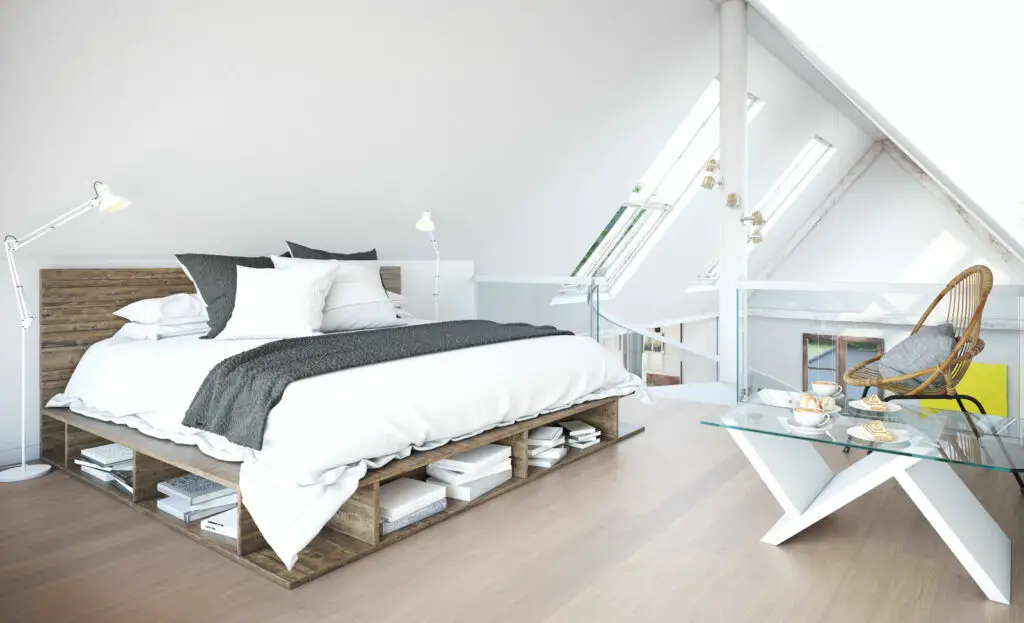Are you looking for a way to make your attic bedroom comfortable throughout the year? A bedroom in an attic can be either too hot during summer months or too chilly during the winter. But with proper planning and a few modifications, you can heat and cool this space perfectly!
Perhaps you are worried that the high ceilings or large windows of your attic will be impossible to condition. Not to worry! There are special insulation and ventilation strategies that you can use so that no matter what the season, you will wake up feeling nice and cozy in your loft.
In this article, I’ll go over all the steps necessary for heating and cooling an attic bedroom. By following my guidance, you’ll have complete control of this special space!
By the way – before we get too far along here, if you want to connect with other homeowners and builders and get more great ideas for your home to make your space the best join my free private Facebook group, Remodel Reality here.
Attic Bedrooms: Maximizing Comfort & Energy Efficiency
An attic bedroom is situated in the highest point of a building, typically featuring sloped ceilings, bare structure components, and subpar insulation.
And while they may be a great idea for a kid’s bedroom, guest room, home office, or even a new expansive master bedroom, they can be difficult to heat and cool, especially since in many cases they’re a conversion from what the space was originally engineered and designed to do.
Proper insulation and ventilation are essential for attics to maintain comfortable temperatures. Without proper insulation and ventilation, attics can become too hot or too cold, making it difficult to keep the space comfortable year-round. Additionally, attics tend to be more difficult to regulate temperature due to factors such as the angle of the sun’s rays and potential heat loss through skylights or ceiling gaps.
Heating and cooling an attic bedroom can present various challenges as certain systems may not be appropriate for these spaces. It is important to consider all of the factors when deciding on a heating or cooling system for an attic bedroom in order to find the best solution that will provide comfort and energy efficiency.
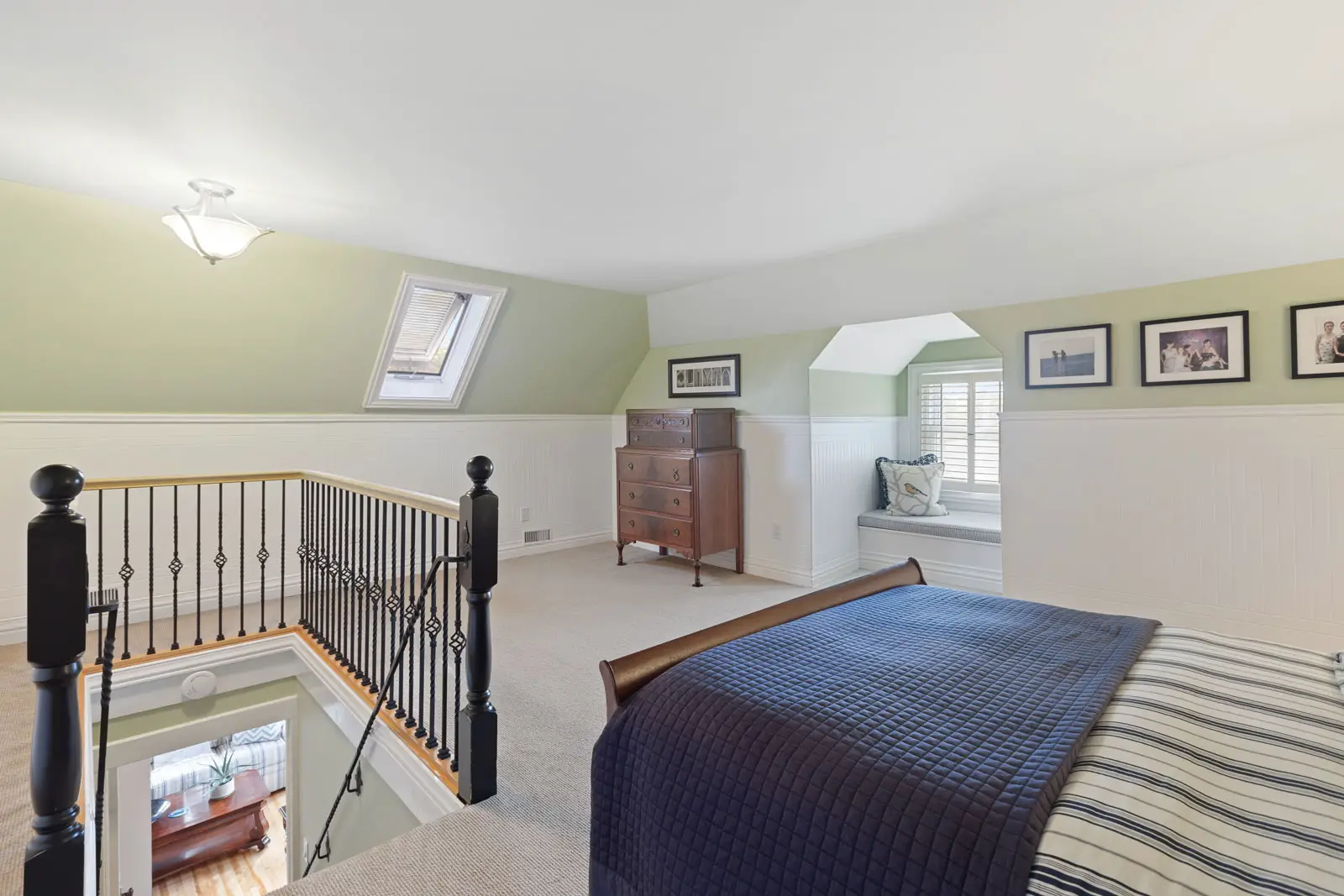 The Challenge of Heating and Cooling Attic Bedrooms
The Challenge of Heating and Cooling Attic Bedrooms
Attic bedrooms often come with a unique set of challenges when it comes to heating and cooling due to the nature of their construction. To make sure your attic bedroom is comfortable year round, you’ll need to consider all the potential issues that can arise and how to address them appropriately. Here are some common challenges of heating and cooling attic bedrooms:
Improper Ventilation
Improper ventilation can be a major issue in attic bedrooms due to the height of the ceiling. When air isn’t able to move properly, it can cause uncomfortable temperatures for those inside as well as an increase in moisture which could lead to mold growth or other structural damage. You may need to install additional exhaust or intake fans depending on the size and layout of your room.
Lack Of Insulation
Inadequate levels of insulation can also be problematic in attic spaces due to the fact that there’s often little natural protection from outside air temperatures. Make sure there is enough insulation within your walls and ceiling so that heat generated by appliances or activities don’t escape easily; and cold drafts can’t enter through gaps or cracks around windows, doors, or other openings.
Radiant Heat From The Sun
Due to their elevated location, attics can absorb more radiant heat from the sun than other parts of a home during hot summer months. This makes finding ways to keep temperatures down even more important if you plan on using the room regularly during this time period. Consider covering any windows with reflective material, adding extra insulation, installing an attic fan, or even investing in a mini split system with both heating and cooling capabilities.
Solutions For Cooling Attic Bedrooms
Attics can often be difficult to manage temperatures in during the summer months, due to their elevated location and lack of natural protection from outside air temperatures. To keep your attic bedroom cool and comfortable throughout the year, here are some potential solutions:
Proper Ventilation
Proper ventilation is key when it comes to managing attic bedroom temperatures in the summer. With an adequate amount of air flow, you’ll be able to push out hot air that has built up and pull in cooler air from outside. You may want to consider installing additional exhaust or intake fans depending on the size and layout of your room.
Proper Insulation
Adding extra insulation within walls and ceilings will help prevent heated air from escaping easily as well as keeping cold drafts from entering through gaps or cracks around windows, doors, or other openings. Ensure that all areas have proper levels of insulation for optimal comfort levels!
Attic Fan
Installing an attic fan can help keep your attic cooler by pushing out hot air that builds up inside while also bringing in cooler air from outside. There are both solar-powered and electric powered models available so make sure to research what works best for your situation before making any decisions!
Solar Attic Fan
A solar attic fan is a great option if you don’t have access to electrical outlets or would like to save money on energy costs. These units draw power directly from the sun’s rays, eliminating the need for traditional wiring which makes them easy to install and maintain.
Installing Ridge and Soffit Vents
Another good way to reduce temperatures in attics is by installing ridge and soffit vents. During summer months, these vents naturally draw heat away from your home without using energy or electricity, allowing cooler air to flow through your attic instead.
Installing a Mini Split
If you really want the ultimate cooling solution for an attic space then installing a mini split system may be worth considering. It provides both heating and cooling capabilities while still maintaining good energy efficiency levels throughout its operation.
Using a Window or Portable Air Conditioner Unit
Using either a window or portable AC unit could also be used to help cool down an already hot attic space in a pinch if other methods don’t quite do the trick or simply aren’t available at that given time. Installations are relatively easy and they provide relief instantaneously once they are turned on.
| Challenges | Solutions |
|---|---|
| High temperature in attic due to lack of proper ventilation | Install proper ventilation such as soffit vents and ridge vents to regulate temperature |
| Lack of insulation leading to hot air entering the attic | Add insulation to prevent heat from entering the attic |
| Radiant heat from the sun | Install a solar attic fan to convert passive ventilation into active air ventilation and reduce heat in the attic |
| Size of the attic | Choose an air conditioning system that is appropriately sized for the attic space |
| Energy efficiency | Choose an energy-efficient air conditioning system to reduce energy costs |
| Cost | Consider cost-effective solutions such as window AC or ductless AC to cool the attic |
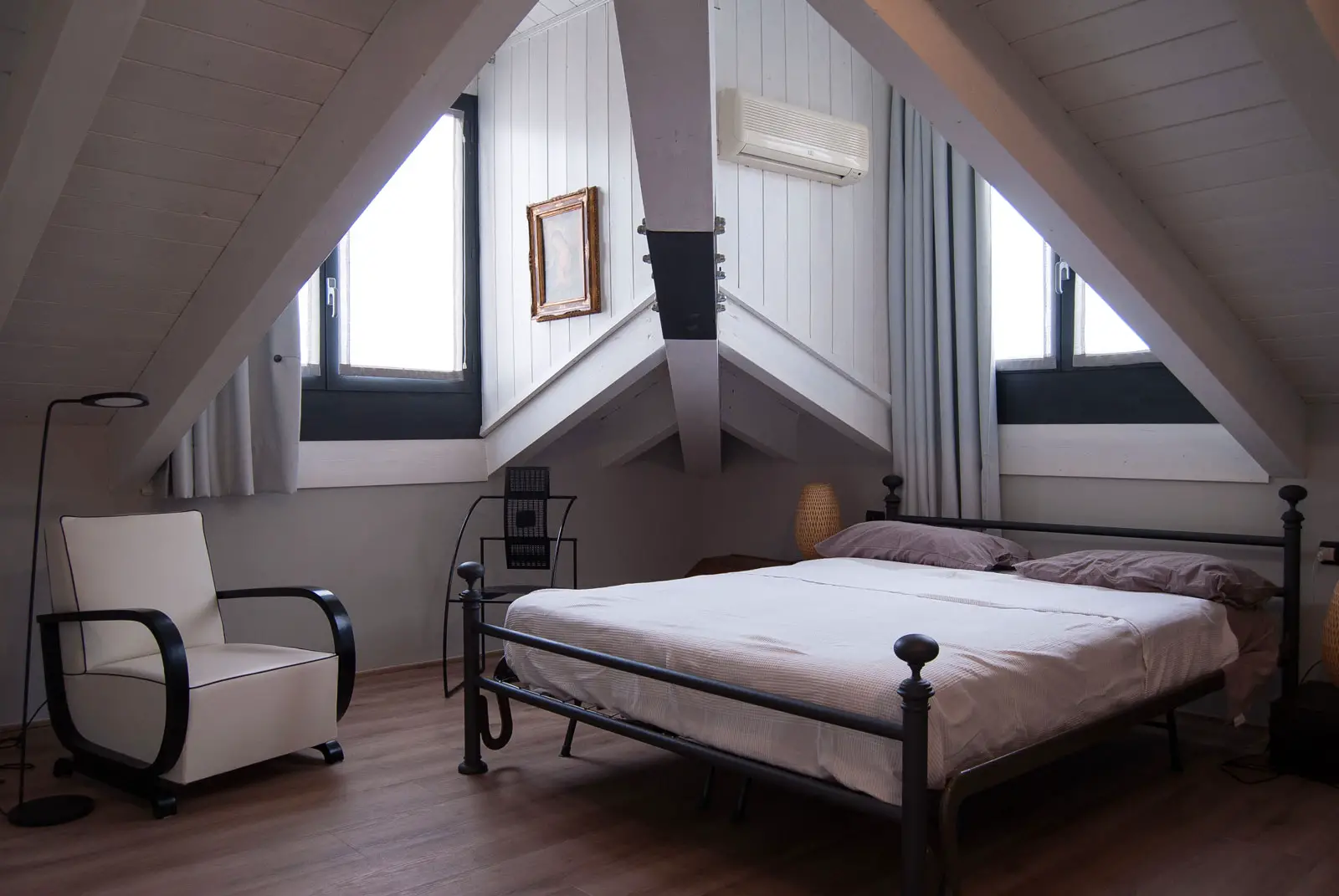 Solutions For Heating Attic Bedrooms
Solutions For Heating Attic Bedrooms
When it comes to heating an attic bedroom, traditional methods of connecting to the main heat source may not always be possible.
Attics can be very difficult areas to regulate temperature in, especially during the winter months. That’s why it’s important to consider all the options when trying to heat attic spaces. Here are some great solutions for attics that will help you keep your home comfortable throughout the year:
Measure Square Footage And Cubic Feet
To determine which type of heater might be best suited for your particular needs, you’ll need to measure both the square footage and cubic feet of your room. Knowing these dimensions will help you estimate how much heat is necessary in order to achieve your desired temperature level.
Calculate British Thermal Units (BTU)
Once you have a better idea of how large your room is, you can calculate the required British thermal units (BTU) needed in order to raise temperatures sufficiently – this number will vary depending on factors such as insulation levels, window sizes and draftiness of doors.
Purchase Ceramic Heaters Or Electric Baseboard Heaters
Armed with a BTU estimate, you can then start looking at different types of portable heating units like ceramic heaters or electric baseboard models that provide enough power for the size of your room. Be sure to read product specifications carefully so that you don’t select something that’s too weak or too powerful.
Open The Door
One of the easiest ways to heat an attic bedroom is by simply opening the door, allowing warmer air from downstairs to rise up into the space! This can be a great short-term solution for quickly raising temperatures and could even become part of your daily routine.
Sealing Drafts
One of the first things you should do before attempting to heat an attic space is sealing up any drafts. This will help prevent cold air from entering through cracks or holes and allow heated air to stay inside where it belongs. Use caulk, foam sealant, weather stripping, or other appropriate materials to fill any gaps or cracks around windows, doors, and other potential sources of drafty air.
Installing a Mini Split with a Heat Pump
Installing a mini split with a heat pump is one of the best ways to quickly warm up an attic space. It works by using electricity to move heated air into the room from outside and helps reduce energy costs by generating heat on demand as opposed to running a continuous burning furnace system.
Extending Ductwork From The Central Furnace
If you have central heating in your home then extending ductwork from the existing furnace system into your attic could be a viable solution for heating the space. By building onto existing ductwork, you can make sure your attic gets adequate heating without having to install additional equipment or spend more money on renovations.
Installing An Electric Fireplace
Electric fireplaces provide much needed warmth on cold winter nights while also adding an inviting atmosphere throughout your home. You can install them in almost any room including attics as long as there is access to an outlet nearby. Depending on your budget, size constraints and desired aesthetics; wall-mounted electric fireplaces may work better than traditional units in tighter spaces like attics!
Using A Space Heater
Using either a ceramic or infrared space heater can also be used as another way of warming up an already cold attic space in a pinch if other methods don’t quite do the trick or simply aren’t available at the given time. Make sure to follow all safety guidelines when using these units and never leave them operating unattended for extended periods of time!
Other Factors To Consider
Before buying any type of heater, it’s important to take other issues into account as well such as large windows which might let out more heat than expected or minimal insulation levels which could increase heating output requirements. With all this information in hand, you should have no problem selecting something that fits both your budget and needs.
| Challenges | Solutions |
|---|---|
| Lack of insulation | Add insulation to attic walls and ceiling |
| Drafty doorways and windows | Seal drafts around windows and doorways |
| Difficulty in connecting to the main heating source | Use a space heater, electric fireplace, or extend ductwork from the central furnace |
| Limited heating options | Consider options such as ceramic heaters or electric baseboards |
| Radiant heat from the sun | Open the door to allow radiant heat to rise into the room |
| Difficulty in regulating temperature | Properly calculate the required British thermal units (Btu) for the room |
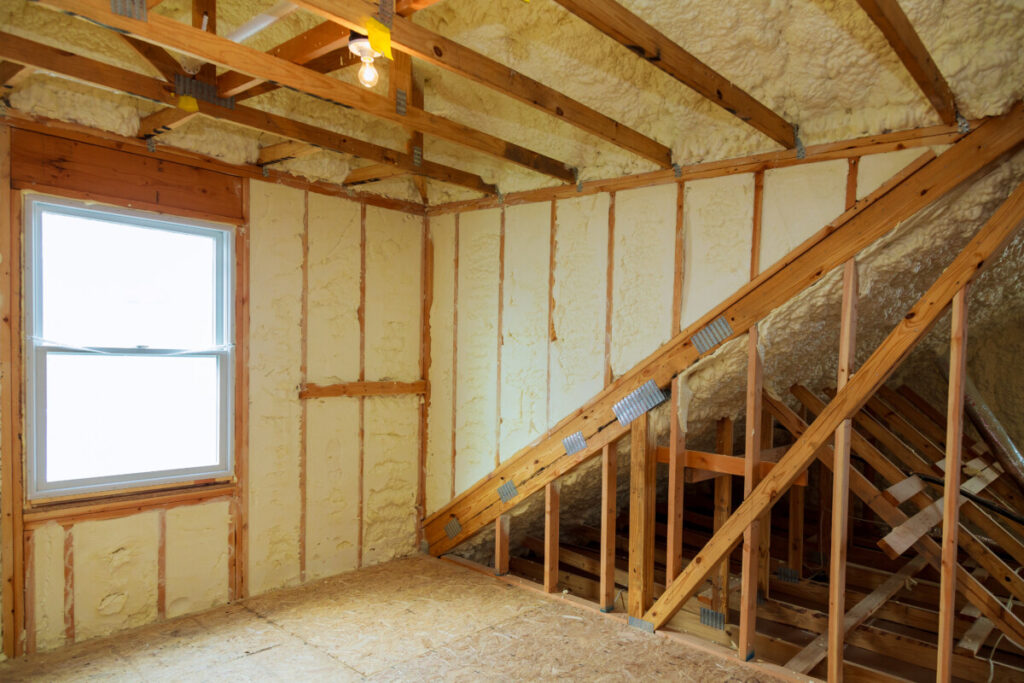 Insulation and Ventilation for Attic Spaces
Insulation and Ventilation for Attic Spaces
Proper insulation is essential for heating and cooling attic spaces. The type of insulation and amount needed will depend on the climate zone in which it is located. Insulation helps regulate temperatures, as well as provides soundproofing from outside noises.
Ventilation is also key when it comes to attics, especially in warmer climates. Ventilation helps regulate temperatures in the home by providing an outlet for hot air to escape during summer months.
Additionally, proper ventilation helps reduce the temperature in attics caused by roofing materials, like metal or asphalt which absorb heat. With proper ventilation, temperatures within the home remain comfortable and energy efficient throughout the year.
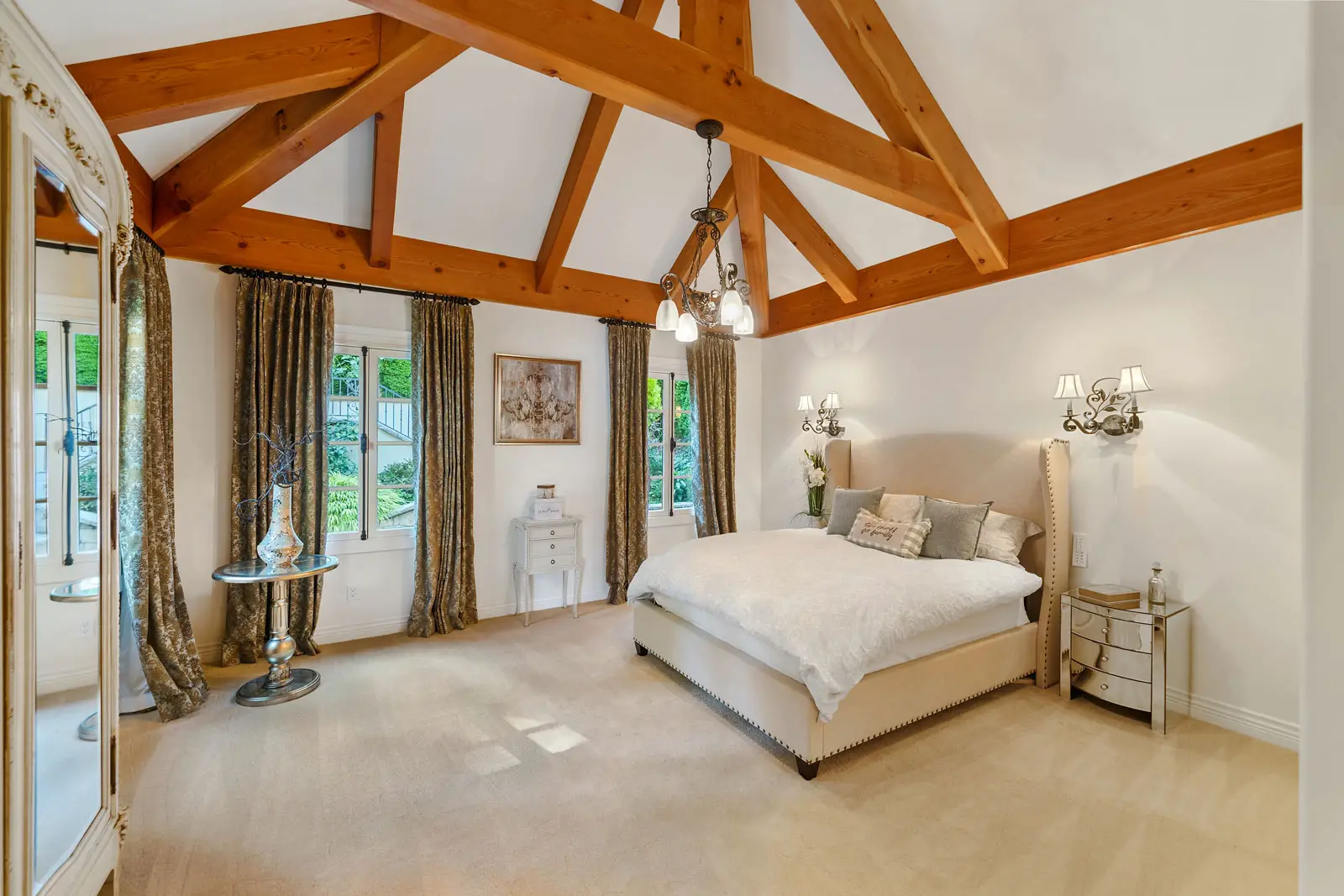 Factors to Consider When Choosing a Heating & Cooling Method
Factors to Consider When Choosing a Heating & Cooling Method
When it comes to keeping an attic cool during the summer months or warm in the winter, there’s no one-size-fits-all solution. To make sure you choose the most efficient and cost effective option for your particular space, here are some factors you should consider:
Size Of The Attic
When selecting a cooling method for your attic, the size of the space is going to play an important role in determining which solution may work best. Depending on how large or small your attic is, certain products or techniques may be either too weak or too strong and will need to be adjusted accordingly.
Energy Efficiency
Energy efficiency should also be taken into account when deciding which cooling method is right for you. You’ll want to look at things like how much electricity or fuel the unit uses and what type of insulation has been installed before making any decisions as these can all have an impact on both energy costs and temperatures inside the attic.
Cost
Cost is another factor that needs to be taken into consideration when choosing a cooling method for your attic. Some options may require additional installation fees or higher energy consumption rates while others may be more affordable up front but may not keep temperatures regulated as effectively.
Challenges of Heating & Cooling Third Floors and Attics
Third floors and attics can be difficult to heat and cool due to their location within the home, making it important to understand the challenges that come with climate control in these areas. Here are some of the common issues associated with heating and cooling third floors and attics, as well as solutions that can help make things a bit easier:
Challenges Of Heating Third Floors And Attics
One of the biggest challenges when it comes to heating a third floor or attic is lack of insulation, which can lead to unpredictable temperatures and higher energy costs. Additionally, homes built before two furnaces were standard may have single systems with old duct work designs that make it difficult for air supply to reach all necessary areas. Lastly, having an inadequate furnace design can also make it hard to get adequate heat in an attic bedroom.
Solutions For Heating Third Floors And Attics
To tackle these issues effectively, many homeowners choose to combine a high-efficiency furnace with heat pumps in order to provide both cooling and heating capabilities. The Daikin VRV Life system is one such example; this product offers flexibility through its zoning technology so users can adjust temperature settings according to which rooms they use most or not at all – great for cutting down on energy costs!
Challenges Of Cooling Third Floors And Attics
When it comes to cooling third floors and attics, there are several other factors that come into play. These spaces naturally tend towards overheating due to their location at the top of the house, so any added heat from roof windows will only compound this issue further. Poor attic ventilation can also contribute significantly to uncomfortable temperatures inside the living space.
Solutions For Cooling Third Floors And Attics
Fortunately, there are many solutions available for those who need extra help managing attic temperatures during warmer months.
Proper insulation, like we’ve already discussed here, is key here since it acts as a barrier between your living space and external environment; adding additional insulation helps keep things cool while using less energy.
Radiant barriers are another great option since they reflect away excessive heat – similarly reflective roofing materials can also be effective when used correctly.
Combining different methods (i.e., all of the above) together is often the best way for achieving effective cooling results without compromising comfort levels.
Importance Of Proper Insulation And Airtightness For Heat Retention
No matter what type of heating option you choose for your attic it is important that proper insulation and airtightness are taken into consideration before beginning installation processes. Adding insulation helps keep heated air contained within its walls while making sure that no cold air seeps in from outside sources like windows and doors!
Consider The Long-Term Use Of The Attic Space When Choosing Heating And Cooling Options
Finally when selecting cooling options for your attic; think about how you plan on using it in both short and long-term scenarios. If you plan on turning it into living quarters eventually then investing in mini split systems with cooling capabilities might be worth considering over something like installing window AC units which would need modifications down the line before they can properly handle additional load demands required by residents.
Next Steps
Want to join others who are creating the most amazing home redesigns & renovations and get more tips, tricks and hacks on how to make your home the best it can be?
Join my brand new free private Facebook group, Remodel Reality to connect with other people like you to make your space the best!
